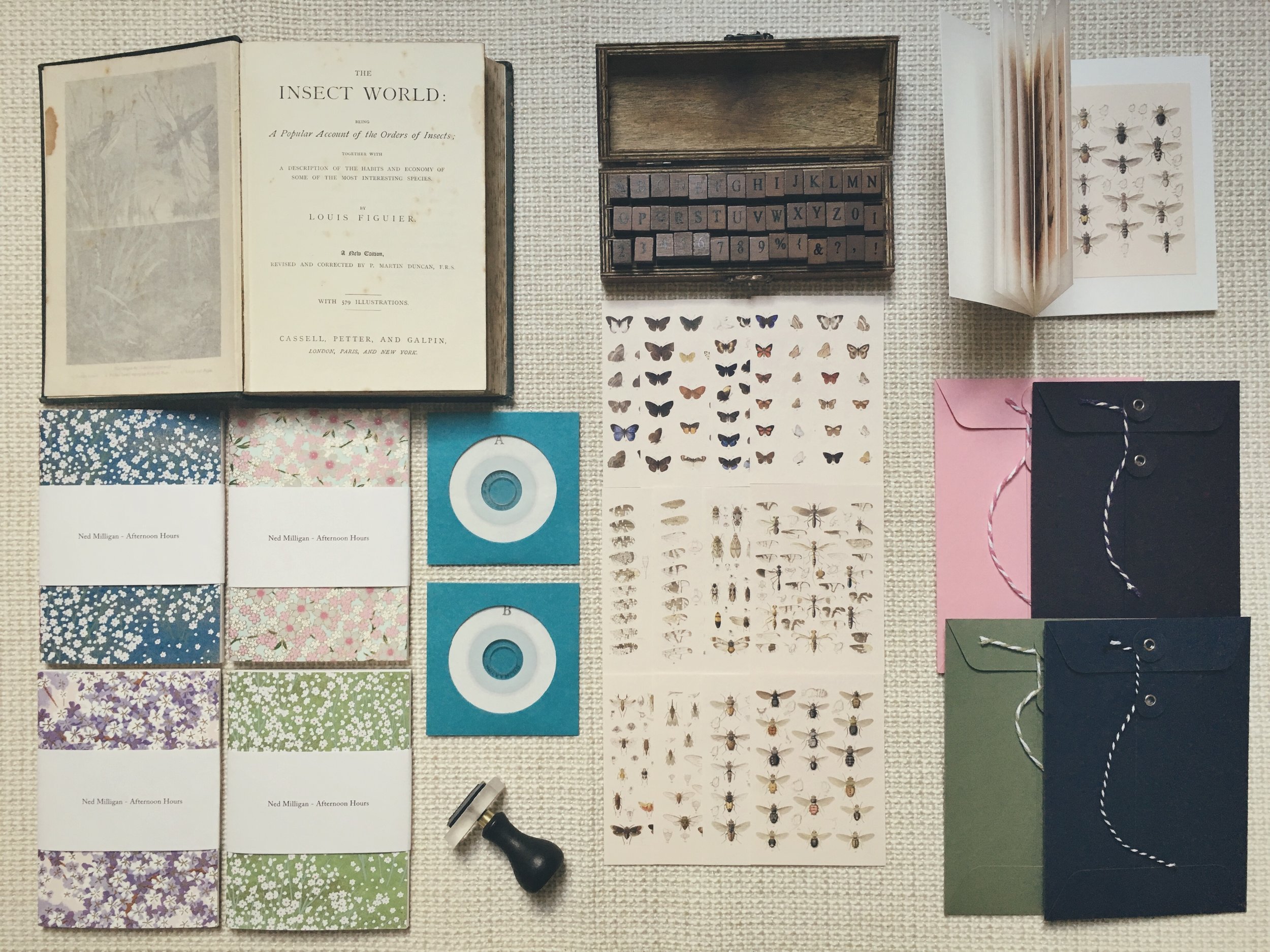
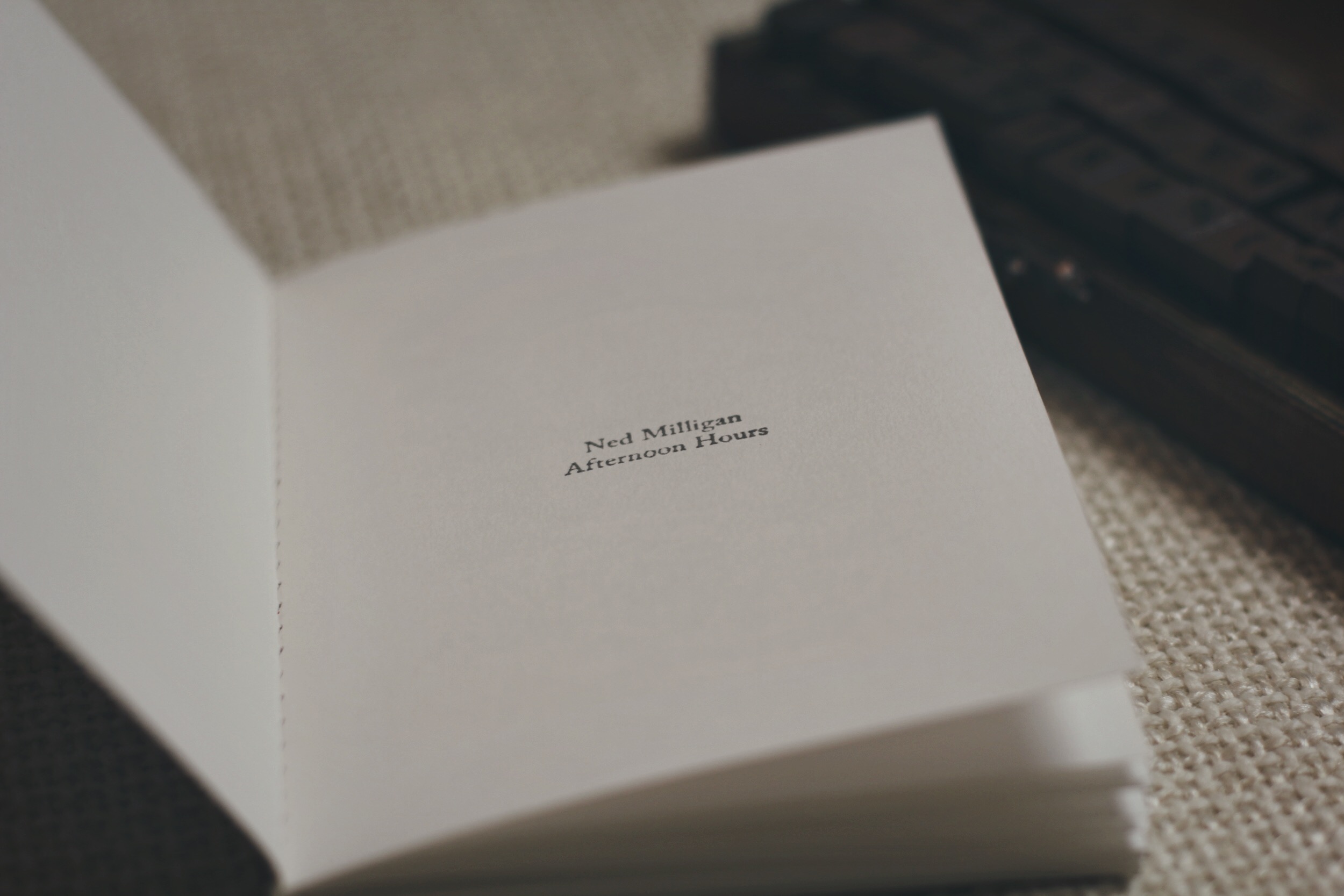

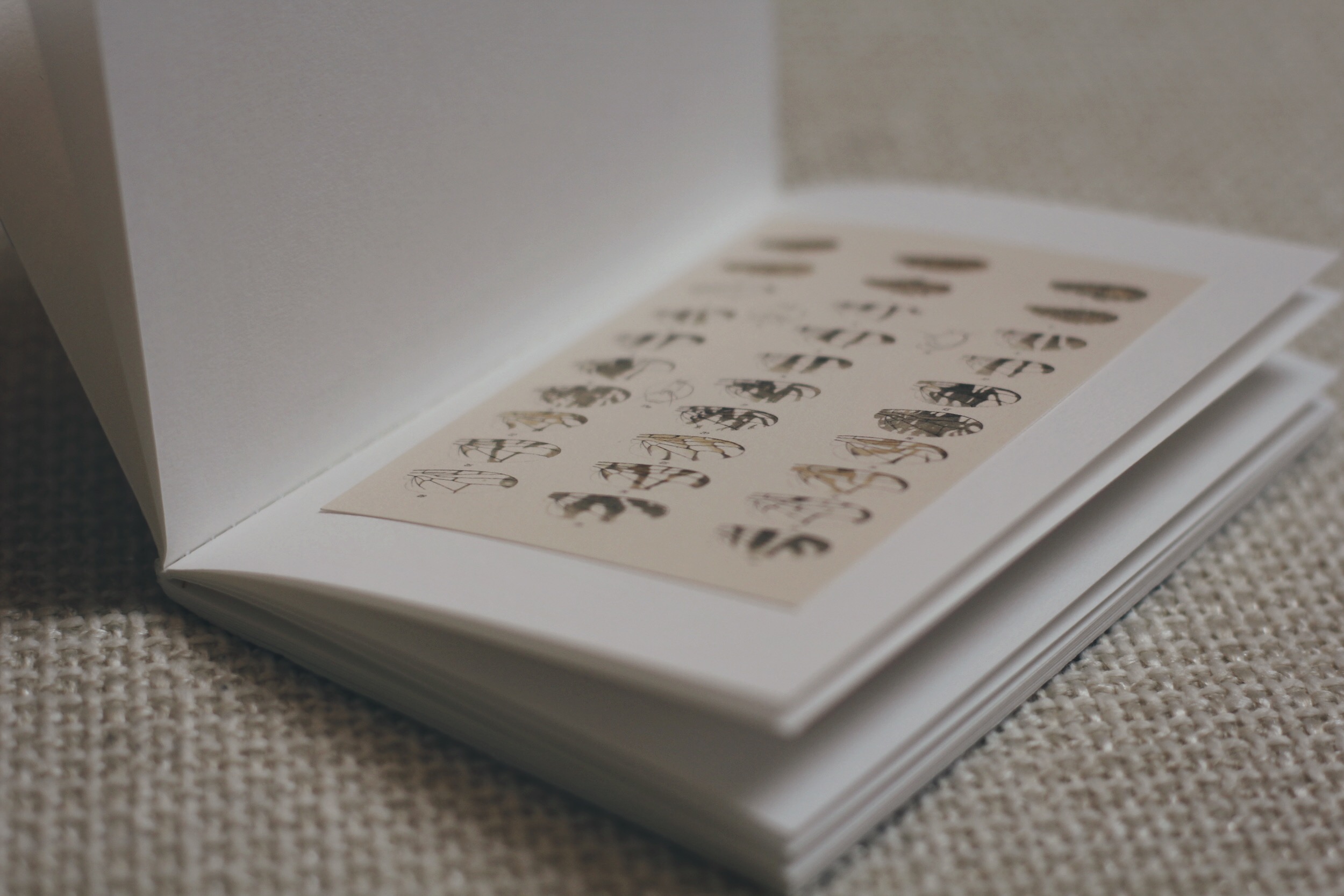
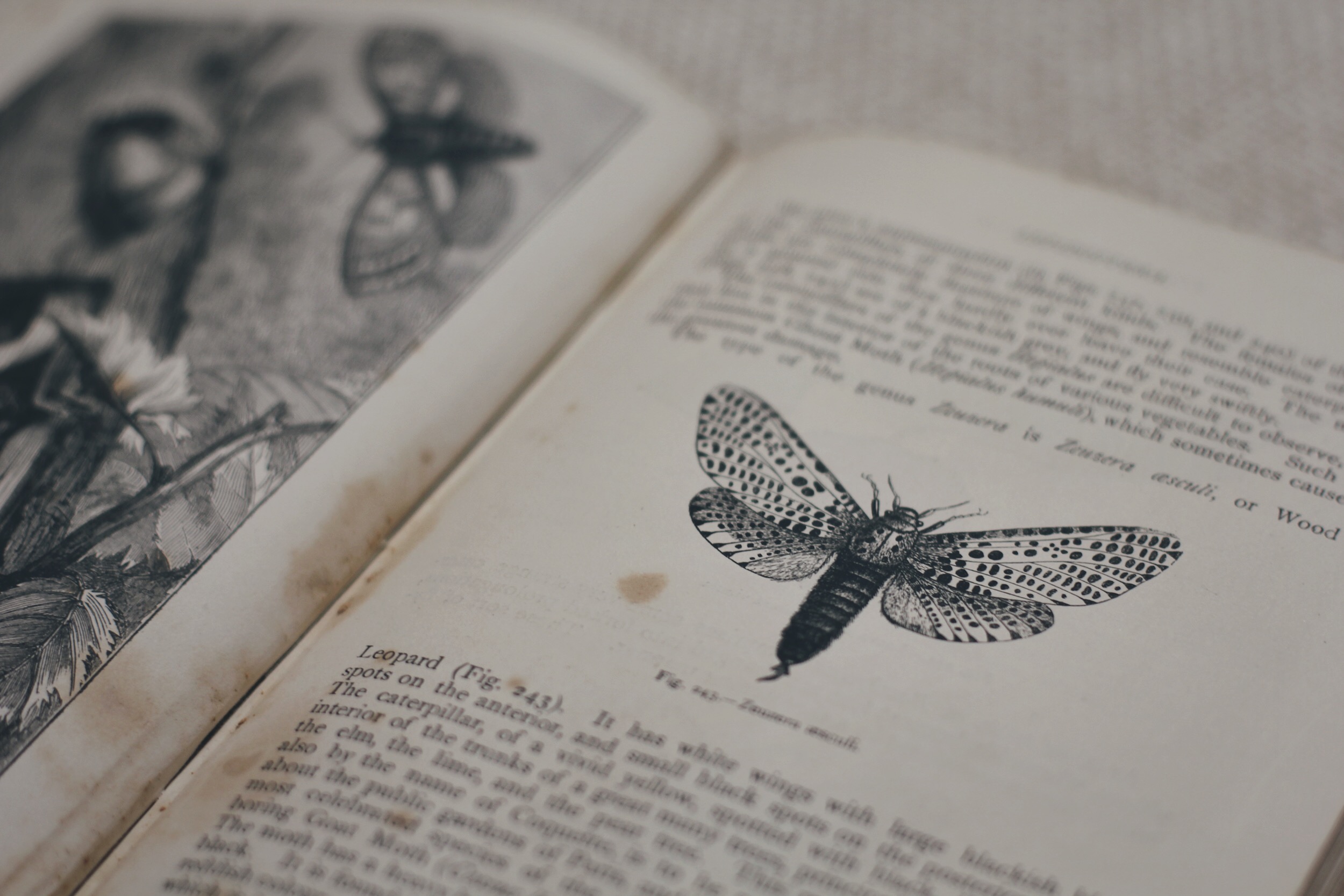
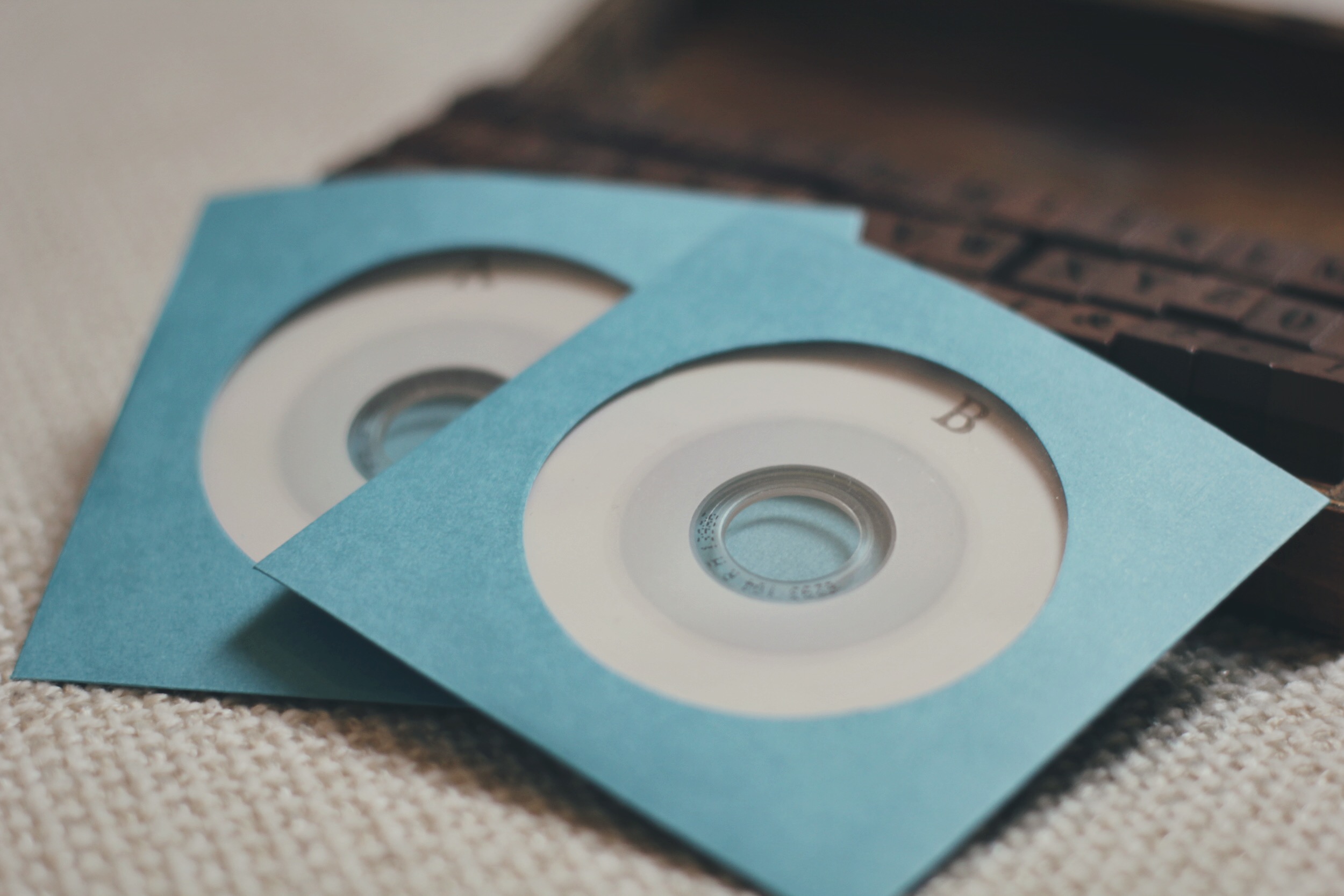
The completion of my album Nature Always Needs Improving inspired me to continue working with chimes. As someone who has always been interested in creating music that has droning, suspended tones as part of its syntax, I find utilizing acoustic instruments that generate such sounds to be increasingly appealing. I began to record these chimes to cassette in a very simple manner, using the built-in mic that was part of an old tape recorder I borrowed from work. After recording some different improvisations and motifs and listening to them, I immediately enjoyed the imperfections the tape emphasized in the music—how these resonant notes grew wooly and slightly distorted in their documentation. (Obviously, many others have explored and celebrated the use of tape for decades—but it was still a personal revelation in my composition process.)
In that way, some pieces on Afternoon Hours—“Neighborly,” “Hollowed Stone,” and “Days After Days” emerged fully formed without me realizing it while performing them. “Harrumph” and “August Perennials” are similar in that they are comprised mostly of live takes, just with some overlapping of tracks and minimal edits. “Drive Time Radio” features the most processing, to be sure—but as its core is an unedited excerpt of a live performance, I believe it fits with the approach to the other pieces overall.
In culling the different recordings I had made and fashioning them as an album, I took inspiration from the photography of a friend, Christine Ross, whose work helped me find a center for the album in addition to inspiring some of the track titles. I had originally intended for the release of Afternoon Hours to be accompanied by her photographs, but the enthusiasm that Daniel and Jess at Fluid Audio shared for the music led me to embrace their unique and appropriately delicate aesthetic for the album’s artwork.